The Biochemistry of Inorganic Polyphosphates 2nd Edition PDF Contents
Foreword to the First Edition.
Preface.
Acknowledgements.
Introduction.
1 The Chemical Structures and Properties of Condensed Inorganic Phosphates.
1.1 The Structures of Condensed Phosphates.
1.1.1 Cyclophosphates.
1.1.2 Polyphosphates.
1.1.3 Branched Inorganic Phosphates, or ‘Ultraphosphates’.
1.2 Some Chemical Properties of Condensed Inorganic Polyphosphates.
1.3 Physico-Chemical Properties of Condensed Inorganic Polyphosphates.
2 Methods of Polyphosphate Assay in Biological Materials.
2.1 Methods of Extraction from Biological Materials.
2.2 Chromatographic Methods.
2.3 Colorimetric and Fluorimetric Methods.
2.4 Cytochemical Methods.
2.5 X-Ray Energy Dispersive Analysis.
2.6 31P Nuclear Magnetic Resonance Spectroscopy.
2.7 Other Physical Methods.
2.8 Gel Electrophoresis.
2.9 Enzymatic Methods.
3 The Occurrence of Polyphosphates in Living Organisms.
4 The Forms in which Polyphosphates are Present in Cells.
4.1 Polyphosphate–Cation Complexes.
4.2 Polyphosphate–Ca2+–Polyhydroxybutyrate Complexes.
4.3 Complexes of Polyphosphates with Nucleic Acids.
4.4 Binding of Polyphosphates with Proteins.
5 Localization of Polyphosphates in Cells of Prokaryotes and Eukaryotes.
5.1 Prokaryotes.
5.2 Eukaryotes.
6 Enzymes of Polyphosphate Biosynthesis and Degradation.
6.1 Enzymes of Polyphosphate Biosynthesis.
6.1.1 Polyphosphate Kinase (Polyphosphate:ADP Phosphotransferase, EC 2.7.4.1).
6.1.2 3-Phospho-D-Glyceroyl-Phosphate:Polyphosphate Phosphotransferase (EC 2.7.4.17).
6.1.3 Dolichyl-Diphosphate:Polyphosphate Phosphotransferase (EC 2.7.4.20).
6.2 Enzymes of Polyphosphate Degradation.
6.2.1 Polyphosphate-Glucose Phosphotransferase (EC 2.7.1.63).
6.2.2 NAD Kinase (ATP:NAD 2_-Phosphotransferase, EC 2.7.1.23).
6.2.3 Exopolyphosphatase (Polyphosphate Phosphohydrolase, EC 3.6.1.11).
6.2.4 Adenosine–Tetraphosphate Phosphohydrolase (EC 3.6.1.14).
6.2.5 Triphosphatase (Tripolyphosphatase, EC 3.6.1.25).
6.2.6 Endopolyphosphatase (Polyphosphate Depolymerase, EC 3.6.1.10).
6.2.7 PolyP:AMP Phosphotransferase.
7 The Functions of Polyphosphates and Polyphosphate-Dependent Enzymes.
7.1 Phosphate Reserve.
7.1.1 In Prokaryotes.
7.1.2 In Eukaryotes.
7.2 Energy Source.
7.2.1 Polyphosphates in Bioenergetics of Prokaryotes.
7.2.2 Polyphosphate in Bioenergetics of Eukaryotes.
7.3 Cations Sequestration and Storage.
7.3.1 In Prokaryotes.
7.3.2 In Eukaryotes.
7.4 Participation in Membrane Transport.
7.5 Cell Envelope Formation and Function.
7.5.1 Polyphosphates in the Cell Envelopes of Prokaryotes.
7.5.2 Polyphosphates in the Cell Envelopes of Eukaryotes.
7.6 Regulation of Enzyme Activities.
7.7 Gene Activity Control, Development and Stress Response.
7.7.1 In Prokaryotes.
7.7.2 In Lower Eukaryotes.
7.8 The Functions of Polyphosphates in Higher Eukaryotes.
8 The Peculiarities of Polyphosphate Metabolism in Different Organisms.
8.1 Escherichia coli.
8.1.1 The Dynamics of Polyphosphates under Culture Growth.
8.1.2 The Effects of Pi Limitation and Excess.
8.1.3 The Effects of Mutations on Polyphosphate Levels and Polyphosphate-Metabolizing Enzyme Activities.
8.1.4 The Effects of Nutrition Deficiency and Environmental Stress.
8.2 Pseudomonas aeruginosa.
8.3 Acinetobacter.
8.4 Aerobacter aerogenes (Klebsiella aerogenes).
8.5 Azotobacter.
8.6 Cyanobacteria (Blue–Green Algae) and other Photosynthetic Bacteria.
8.7 Mycobacteria and Corynebacteria.
8.8 Propionibacteria.
8.9 Archae.
8.10 Yeast.
8.10.1 Yeast Cells Possess Different Polyphosphate Fractions.
8.10.2 The Dynamics of PolyP Fractions during the Cell Cycle.
8.10.3 The Relationship between the Metabolism of Polyphosphates and other Compounds.
8.10.4 Polyphosphate Fractions at Growth on a Pi-Sufficient Medium with Glucose.
8.10.5 The Effects of Pi Limitation and Excess.
8.10.6 The Effects of other Conditions on the Polyphosphate Content in Yeast Cells.
8.10.7 The Effects of Inhibitors on the Polyphosphate Content in Yeast Cells.
8.10.8 The Effects of Mutations on the Content and Chain Lengths of Polyphosphate in Yeast.
8.11 Other Fungi (Mould and Mushrooms).
8.12 Algae.
8.12.1 Localization and Forms in Cells.
8.12.2 The Dynamics of Polyphosphates in the Course of Growth.
8.12.3 The Influence of Light and Darkness.
8.12.4 The Effects of Pi Limitation and Excess.
8.12.5 Changes in Polyphosphate Content under Stress Conditions.
8.13 Protozoa.
8.14 Higher Plants.
8.15 Animals.
9 Applied Aspects of Polyphosphate Biochemistry.
9.1 Bioremediation of the Environment.
9.1.1 Enhanced Biological Phosphate Removal.
9.1.2 Removal of Heavy Metals from Waste.
9.2 Polyphosphates and Polyphosphate-Metabolizing Enzymes in Assay and Synthesis.
9.3 Polyphosphates in Medicine.
9.3.1 Antiseptic and Antiviral Agents.
9.3.2 Polyphosphate Kinase as a Promising Antimicrobial Target.
9.3.3 Polyphosphates as New Biomaterials.
9.3.4 Polyphosphates in Bone Therapy and Stomathology.
9.4 Polyphosphates in Agriculture.
9.5 Polyphosphates in the Food Industry.
10 Inorganic Polyphosphates in Chemical and Biological Evolution.
10.1 Abiogenic Synthesis of Polyphosphates and Pyrophosphate.
10.2 Phosphorus Compounds in Chemical Evolution.
10.3 Polyphosphates and Pyrophosphates: Fossil Biochemical Reactions and the Course of Bioenergetic Evolution.
10.4 Changes in the Role of Polyphosphates in Organisms at Different Evolutionary Stages.
References of The Biochemistry of Inorganic Polyphosphates 2nd Edition.
Index of Generic Names.
Subject Index.
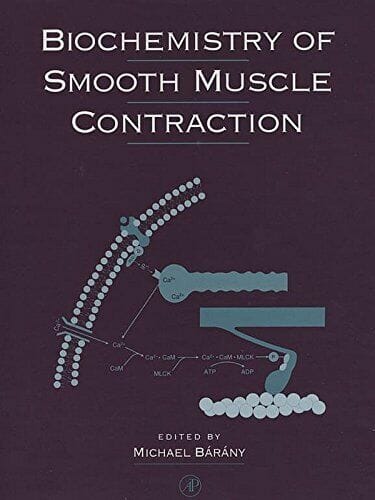



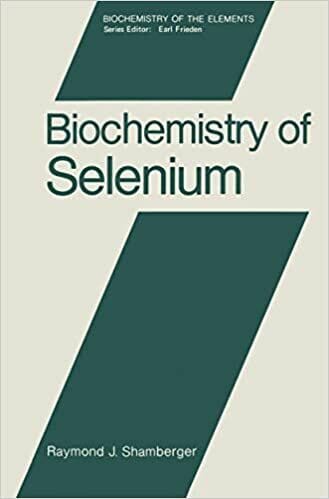
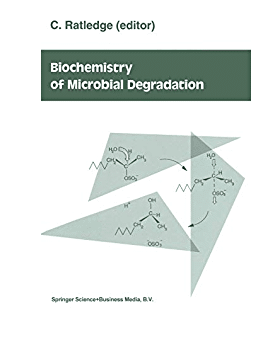
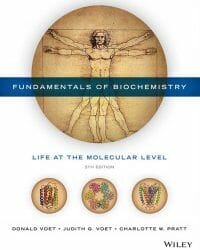
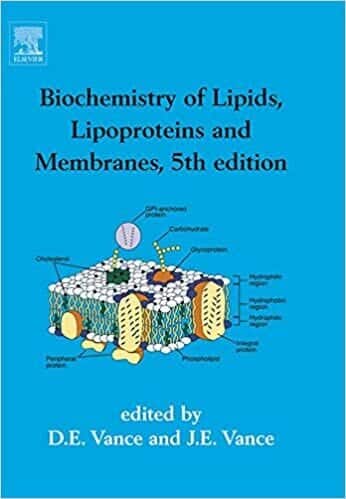
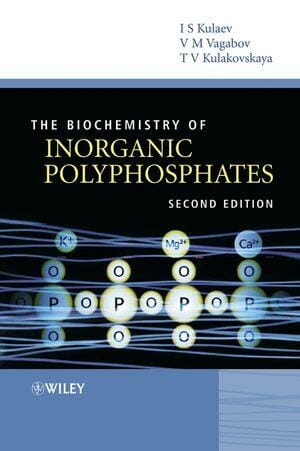


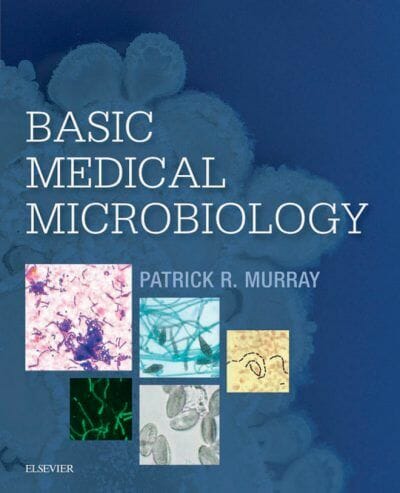
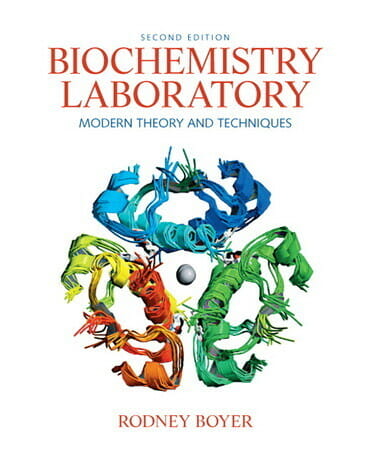

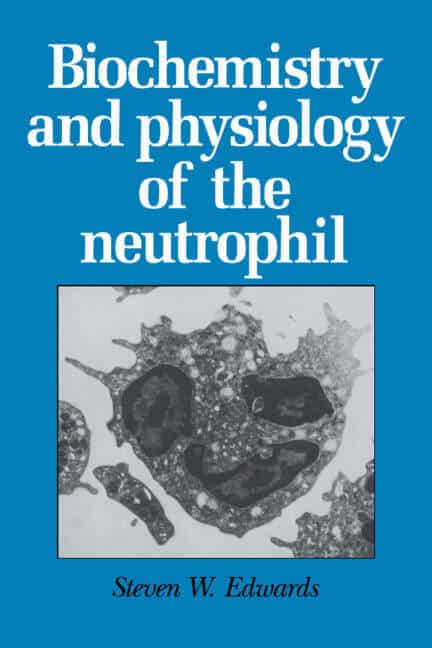








![Ettinger’s Textbook of Veterinary Internal Medicine 9th Edition [PDF+Videos] Ettinger’s Textbook of Veterinary Internal Medicine 9th Edition [True PDF+Videos]](https://www.vet-ebooks.com/wp-content/uploads/2024/10/ettingers-textbook-of-veterinary-internal-medicine-9th-edition-100x70.jpg)





